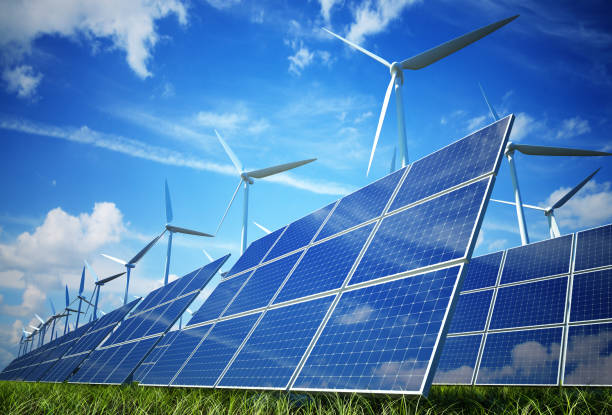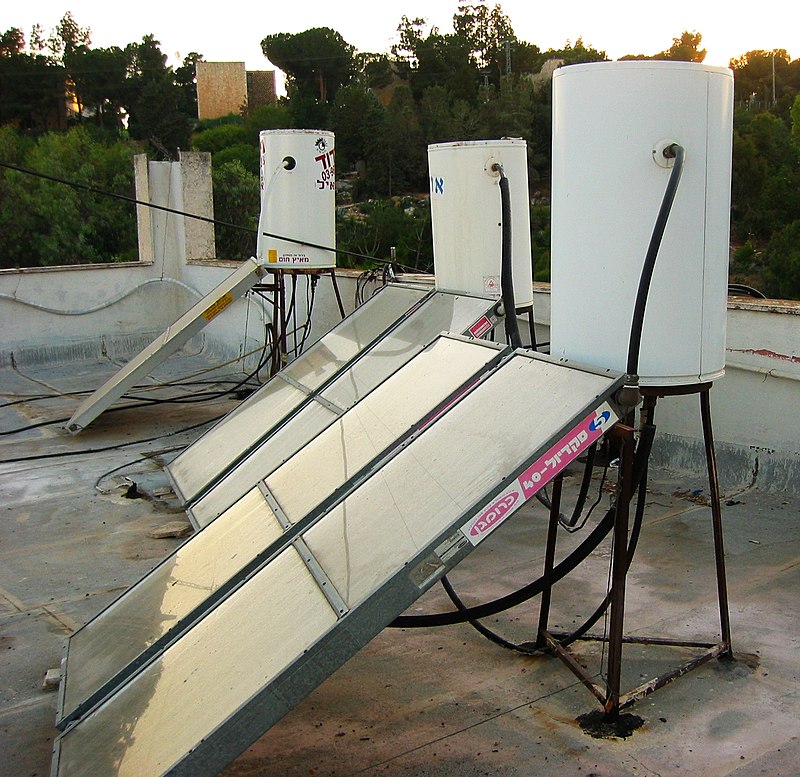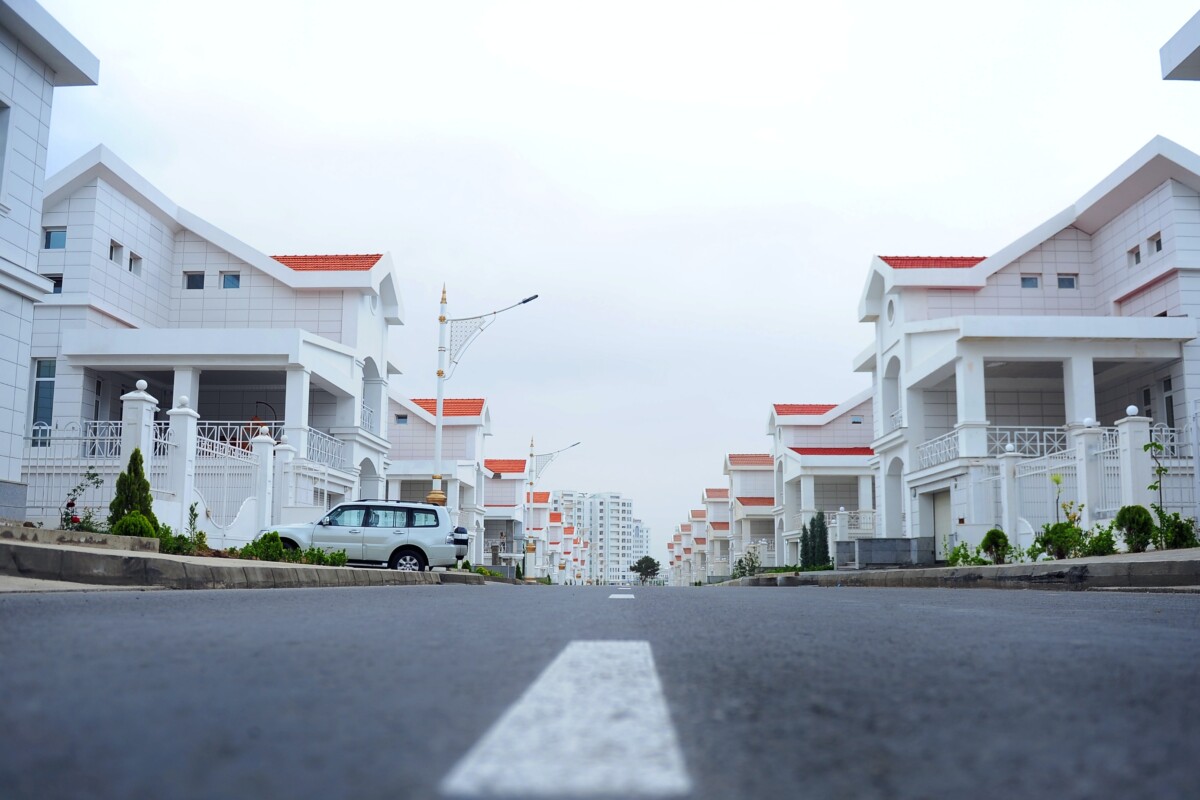Renewable Energy Generation for Your Sustainable Architecture
The recent increase in air temperature and unpredictably bad weather indicate that nature is struggling. Human activity motivated by greed damages nature and results in numerous calamities. Many people from diverse circles attempt to combat it by engaging in ecologically good activities. No one is an exception to this rule in the sector of development, especially sustainable architecture which uses eco-friendly materials.

This Renewable Energy Generation for Your Sustainable Architecture
Alternative energy has begun to take the place of the current energy sources. Here are a few alternative sources of renewable energy:
Solar Panel
In recent years, natural disasters like landslides and flash floods have been brought on by the growing destruction of the environment. In addition to other methods of environmental protection, such as not littering and preventing illegal logging in forests, using solar panels as a substitute for traditional forms of electricity generation is also an option.
Additionally, there are no carbon emissions that have an impact on greenhouse gas emissions when solar panels are used. Therefore, it has not been proven that solar panels have an adverse direct or indirect effect on the environment. And also using solar panels can reduce electricity costs by about 50%. This is a sustainable material architecture that has been and continues to be used commonly today.
Wind Turbines
Wind power or wind energy is the utilization of wind turbines to generate electricity. Burning fossil fuels has a considerably greater negative impact on the environment than using wind power, a well-liked, reliable, and renewable energy source. Wind energy has historically been used to power sails, windmills, and windpumps, but today it is primarily employed to produce electricity. Various sub-wind turbines connected to the electrical power transmission network make up wind farms.
Solar Water Heating
Solar water heaters can produce hot water for a home at a reasonable price. They are adaptable to any temperature, and the fuel they utilize, sunlight, is completely free. Solar water systems come in active and passive types. 80 to 100 gallons of hot water can be produced each day by an active solar collector system. The capacity of a passive system will be reduced.

Modern homes frequently use electric-resistance water heaters, which have an annual electricity requirement of about 4500 kWh. The amount of energy needed can be reduced in half by using solar panels. Photovoltaic installation is expensive up front, but because of the annual energy savings, payback times are generally short.
Heat Pumps
Air source heat pumps (ASHP) are similar to reversible air conditioners. Similar to an air conditioner, an ASHP may transfer heat from a cold environment (such as a house at 70 °F) to a hot environment (such as the sun outside at 85 °F). In contrast to an air conditioner, an ASHP’s condenser and evaporator can switch roles, heating up from the cool outside air and distributing it into the warm inside.
Passive Daytime Radiative Cooling
In order to achieve daytime cooling, passive daytime radiative cooling uses the extreme coolness of space as a renewable energy source. Daytime radiative cooling surfaces can achieve sub-ambient cooling for indoor and outdoor spaces when applied to roofs because they have high solar reflectance to reduce solar heat gain and strong longwave infrared (LWIR) thermal radiation heat transfer. This can significantly reduce energy demand and costs devoted to cooling. Similar to other renewable energy sources like solar energy panels, these cooling surfaces can be used as sky-facing panels, making them easy to incorporate into architectural design.


